Planning your own trip? Prepare for your trip
Use Rough Guides' trusted partners for great rates
Plan and book your private, tailor-made tour with vetted local experts
Once a quiet farming backwater, Fátima found itself at the center of global attention on May 13, 1917, when three local children claimed to see the Virgin Mary. Over the following months, the apparitions continued, drawing crowds that grew from curious neighbors to tens of thousands. A century later, the town is one of the Catholic world’s biggest pilgrimage destinations, rivaled only by Lourdes.
The modern Sanctuary sprawls across a vast square, its basilica towering above a landscape of hotels, hostels, cafés, and souvenir stalls selling everything from silver rosaries to plastic halos. Pilgrims walk for days to get here; others come out of curiosity. If your Lisbon and Porto tour takes you through central Portugal, Fátima is a powerful, if unexpected, stop, where devotion and spectacle share the same stage.

Hi there! I’m Luis, your local expert in Portugal, and I'm here to guide you through everything, from arrival to finding the best vantage point for the evening candlelight procession. Fátima’s fame comes from the 1917 apparitions of the Virgin Mary. Still, there’s more to see than the Sanctuary: nearby caves, hiking trails, and hilltop towns make it a worthy stop on any central Portugal itinerary.
Luis's tip
Arrive at the Sanctuary before 8 am, when the first mass begins. The square will be quiet enough to hear your footsteps, and the basilica glows in the soft morning light. By 9:30 am, tour groups start filling the esplanade, and the atmosphere shifts completely.
Best time to visit
May and October are the busiest months because of the anniversary celebrations of the apparitions. For fewer people but still pleasant weather, aim for spring (March-April) or autumn (late September). Summer is hot and busy, while winter is quieter and cheaper, though evenings can be chilly.
How to get to Fátima
Fátima doesn’t have a train station, but it’s well connected by bus. From Lisbon or Porto, regular coaches take around 90 minutes to 2 hours. If you’re driving, it’s just off the A1 motorway, making it an easy stop between the two cities.
Best areas to stay in Fátima
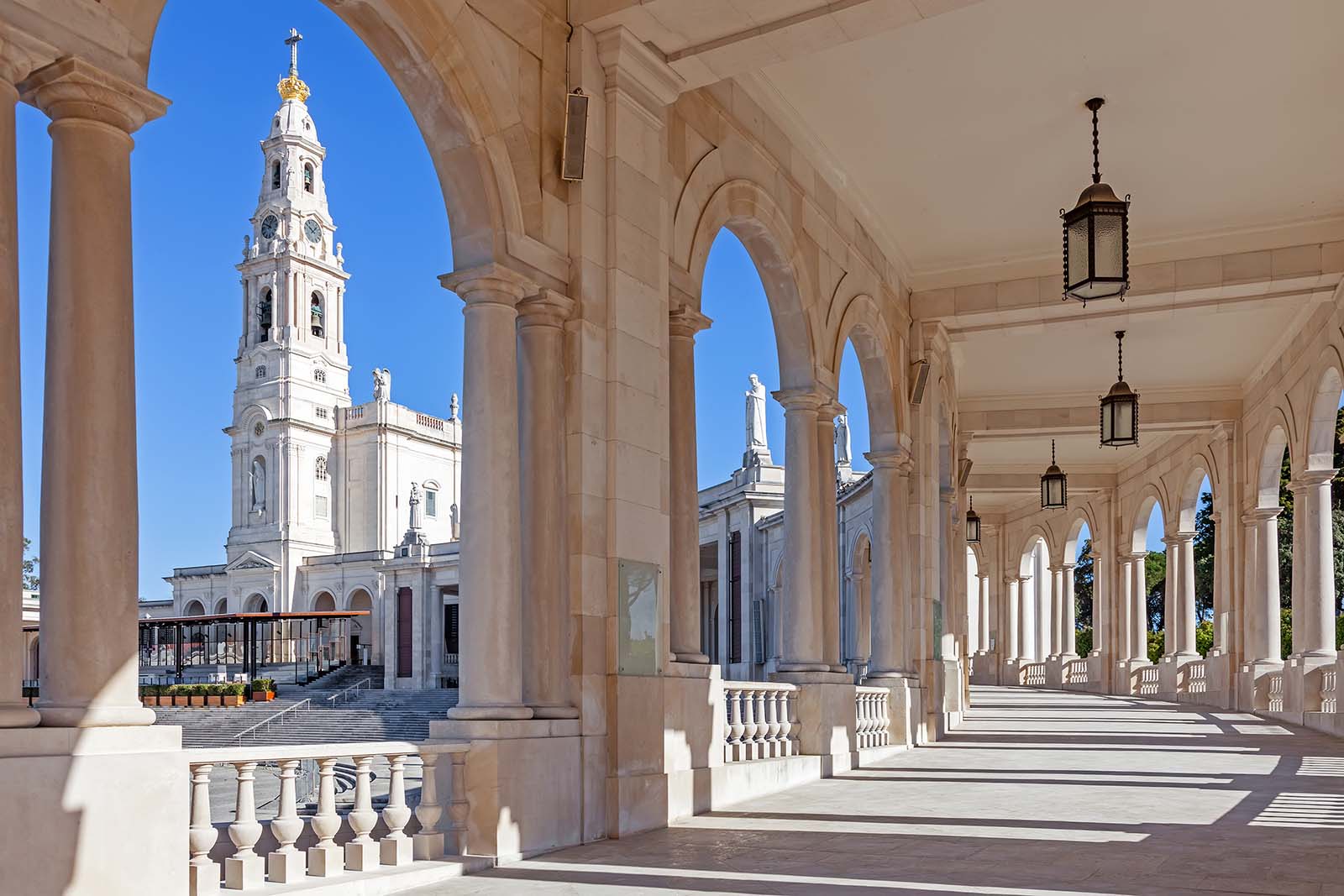
Fatima Sanctuary of Our Lady © Shutterstock
Fátima is in central Portugal, about 125km north of Lisbon and 190km south of Porto. It’s easy to reach via the A1 motorway, and frequent buses connect it to both major cities.
Widely regarded as one of the best places to visit in Portugal for its religious significance, Fátima is also a convenient base for exploring the limestone caves of Mira de Aire, the medieval town of Ourém, and the Serra de Aire e Candeeiros Natural Park.


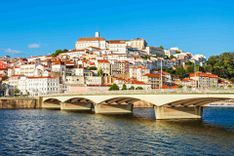
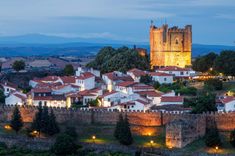

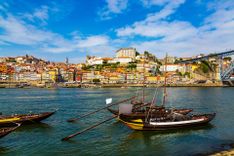










Fátima is small and easy to navigate on foot. Most hotels, restaurants, and sights cluster around the Sanctuary, so you can cover the main areas without needing public transport.
A single day is enough to see Fátima’s main sights, especially if your focus is the Sanctuary and basilicas. This gives you time to walk the vast esplanade, attend mass, visit the Chapel of the Apparitions, and browse the rows of candles and rosary stalls.
But if you stay longer, you can explore beyond the Sanctuary. Extra time lets you visit the nearby Grutas de Mira de Aire caves, the medieval town of Ourém, or the impressive monastery at Batalha. You could also walk part of the pilgrims’ paths into town for a taste of the journey many visitors take on foot.
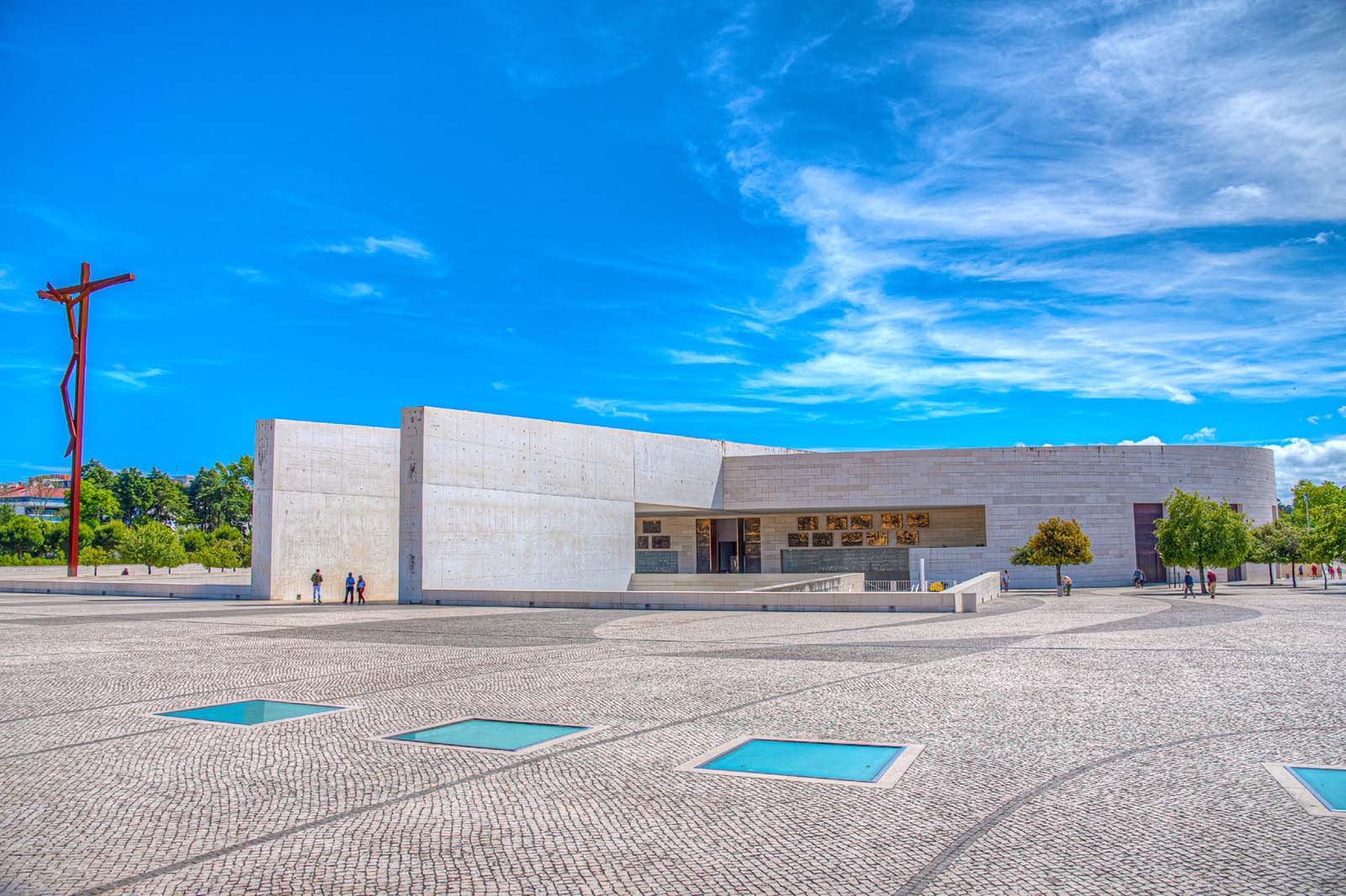
Basilica of Holy Trinity and High Cross at Fatima, Portugal © Shutterstock
Most visitors stay close to the Sanctuary, but there are also peaceful guesthouses in nearby villages and rural properties in the Serra de Aire hills. The main choice is between being in the middle of the pilgrimage activity or enjoying a quiet base outside town.
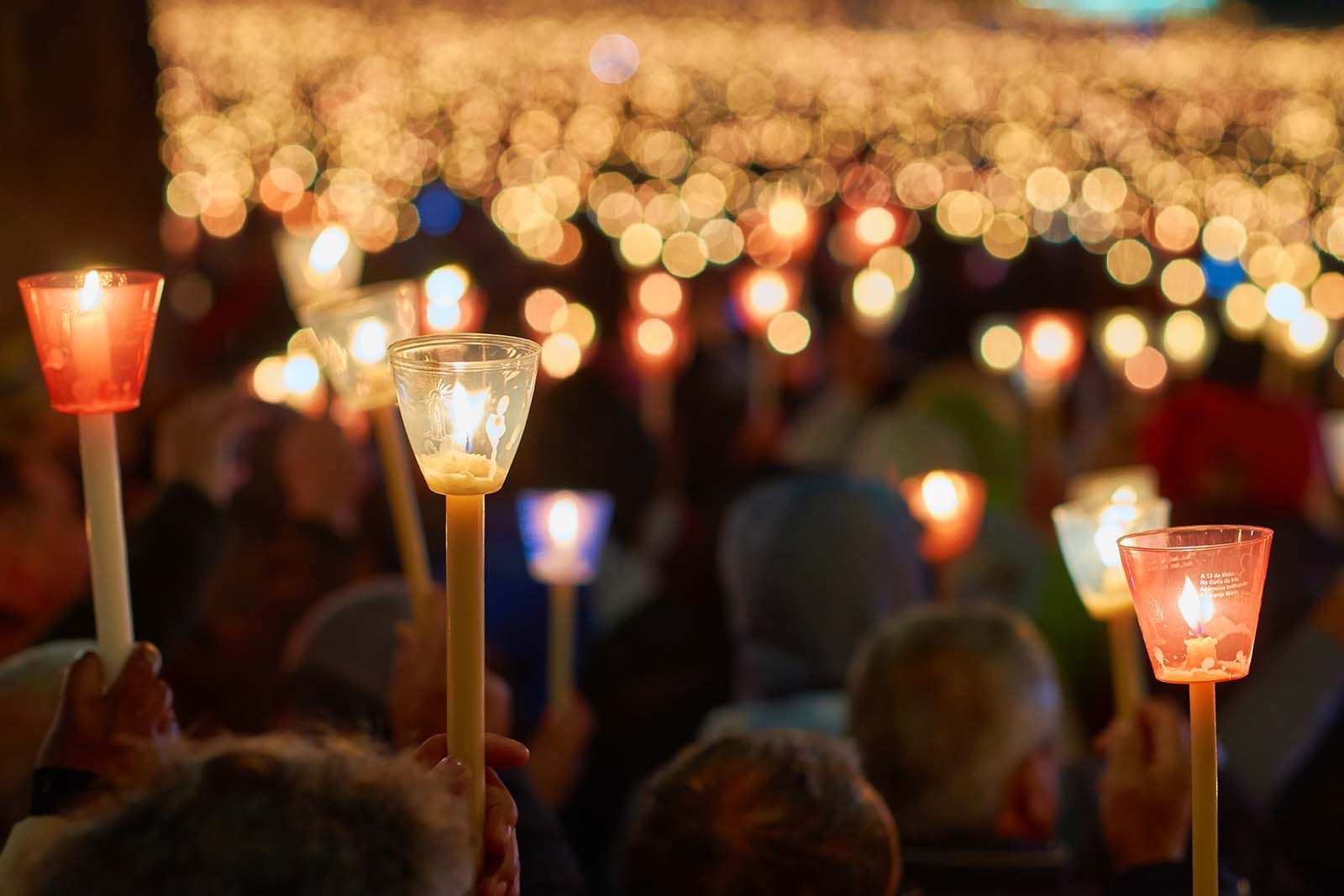
Evening candles religious ceremony in Fatima © Shutterstock
Fátima’s appeal lies in its layers, part living place of worship, part monument to history, and part springboard to the surrounding countryside. Here are some of the best things to do.
The heart of the town and one of the most important Catholic pilgrimage sites in the world. The Sanctuary’s vast esplanade is flanked by two basilicas, the older Basilica of Our Lady of the Rosary and the modern Basilica of the Holy Trinity. At the center is the Chapel of the Apparitions, marking the spot where the Virgin Mary is said to have appeared in 1917.
Arrive early morning to catch the square in its quietest state, or visit at night during a candlelight procession for an unforgettable atmosphere. Entry is free, and you can easily spend a few hours exploring the chapels, museums, and colonnades.
This modest, open-sided chapel is the symbolic heart of the Sanctuary. Built on the exact site of the first apparition, it’s where pilgrims pause to pray, light candles, or leave personal offerings. Services are held here daily in several languages, with priests rotating to accommodate the international crowds.
If you visit in the early morning, you might find only a handful of worshippers present, giving you a more contemplative moment. By midday, the space is busy with tour groups and processions. Even if you’re not here for religious reasons, the intimacy of the chapel offers a stark contrast to the vast square outside.
Completed in 1953 in a neoclassical style, the basilica is instantly recognizable for its slender, 65-meter bell tower. Inside, white stone walls and soft lighting create a serene atmosphere, while side chapels hold the tombs of the three shepherd children: Lúcia, Francisco, and Jacinta. Stained glass windows tell the story of the apparitions in vibrant color, and the mosaic work in the sanctuary glitters under the light.
It’s open daily and free to enter. Late afternoon is a good time to visit, when sunlight filters through the windows and the crowds from morning mass have eased.
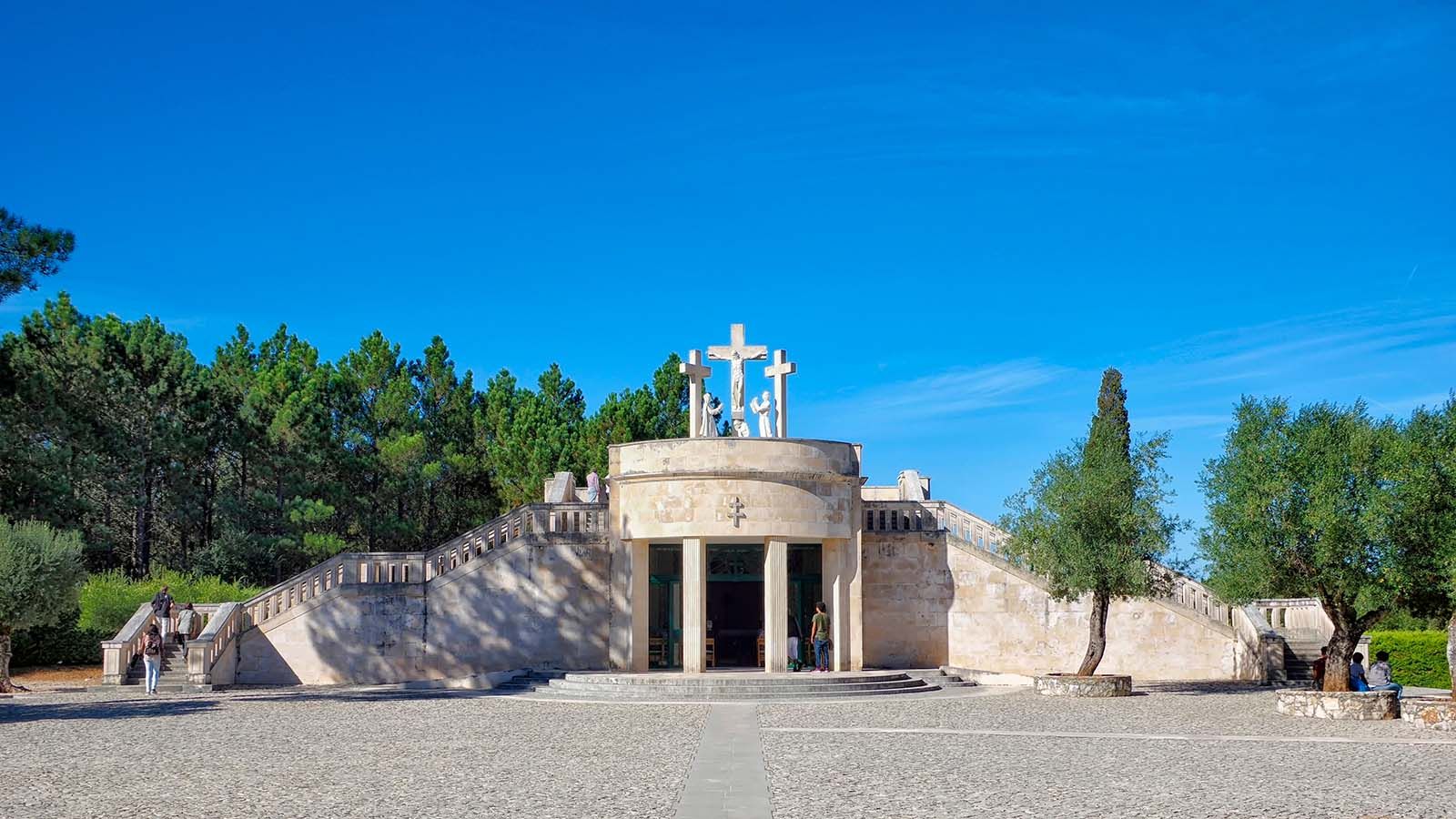
Way of the Cross (Calvary) in Fatima © Shutterstock
Opened in 2007 to handle the millions of pilgrims who visit each year, this is one of the largest churches in the world, seating over 8,600 people. Its circular design, minimalist architecture, and contemporary artworks make it a striking counterpoint to the older basilica. Inside, bronze doors, massive mosaics, and abstract sculptures create a space that feels both vast and contemplative.
Major services here are broadcast on large screens for those outside, and during big feast days, the basilica is standing-room-only. Even when empty, the sheer scale is impressive.
From May to October, the Sanctuary hosts evening candlelight processions that see thousands walking in unison, candles in hand, singing hymns as a statue of Our Lady of Fátima is carried from the Chapel of the Apparitions. The flicker of candlelight across the esplanade, the sound of voices in multiple languages, and the scent of melting wax combine into an atmosphere that’s deeply moving, even for non-religious visitors.
Arrive at least 30 minutes early to find a spot along the main route. Candles can be bought from nearby stalls for around €1-2.
This pilgrim’s path begins in town and climbs toward the Calvary Chapel, passing 14 chapels that depict the Stations of the Cross. Each station is marked with life-size sculptures and set among olive trees and rural landscapes. It’s about 3km one way and can take an hour if you pause at each station.
Pilgrims often walk it barefoot as a form of penance, but most visitors opt for sturdy walking shoes. At the top, the small Calvary Chapel offers views back toward the Sanctuary. The walk is especially pleasant in spring when wildflowers bloom along the route.
Housed within the Sanctuary complex, this museum showcases gifts from popes and dignitaries, historical documents, liturgical garments, and religious art from around the world. Highlights include ornate chalices, papal robes, and a detailed timeline of events from 1917 onward.
Plan to spend 30-45 minutes here. It’s an excellent stop for context before or after visiting the chapels, especially if you want to understand how Fátima’s message spread internationally.
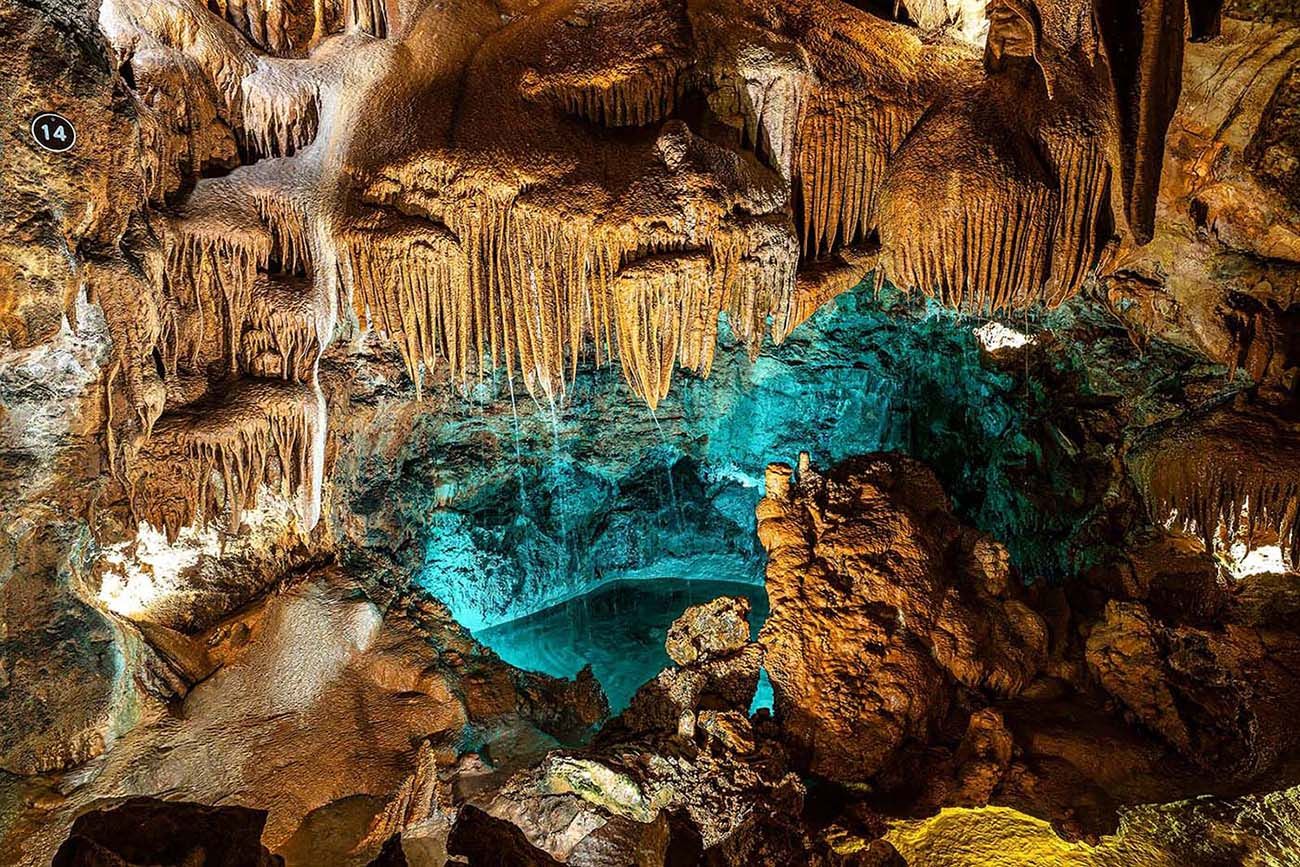
Mira de Aire Caves, Grutas de Mira de Aire at Leiria, Portugal © Shutterstock
Just 15km from Fátima, these limestone caves are the largest in Portugal, stretching over 11km underground (though only a portion is open to visitors). Guided tours lead you past dramatic stalactites, stalagmites, and underground lakes, with atmospheric lighting highlighting the formations.
Tours last about 45 minutes, and the descent involves a lot of steps, so wear comfortable shoes. The caves maintain a constant cool temperature year-round, a welcome escape on hot summer days.
Perched high above the surrounding countryside, Ourém Castle is about a 15-minute drive from Fátima. The ruins include defensive walls, towers, and a restored keep, offering panoramic views over the valley. The small historic center below has cobbled streets, whitewashed houses, and a few cafés perfect for a post-castle coffee.
Visit in the morning for clear views before the midday haze sets in, or at sunset when the stone glows warm in the fading light. Entry is inexpensive, and the site is rarely crowded.
A rugged landscape of limestone cliffs, caves, and wildflower meadows, this protected park is a short drive from Fátima and ideal for hiking, cycling, or birdwatching. Waymarked trails range from short strolls to full-day hikes, many passing through small farming villages where you can stop for a snack.
Spring is the best time for wildflowers, while autumn brings cooler hiking weather. Bring water, sun protection, and sturdy shoes, as some trails are rocky. The park is also home to several other cave systems if Mira de Aire sparks your interest.
Fátima has a Mediterranean climate with mild, wet winters and warm, dry summers. The best time to visit Portugal often depends on what you want from your trip, and Fátima is no exception. The town sits at an elevation of about 350m, so temperatures here can be a little cooler than on the coast. Average highs range from 54°F (12°C) in January to 82°F (28°C) in August, and evenings can get chilly outside of summer. Layers are useful year-round, and a light jacket is a must from autumn through spring. For the latest forecasts, check IPMA (Portuguese Institute for Sea and Atmosphere).
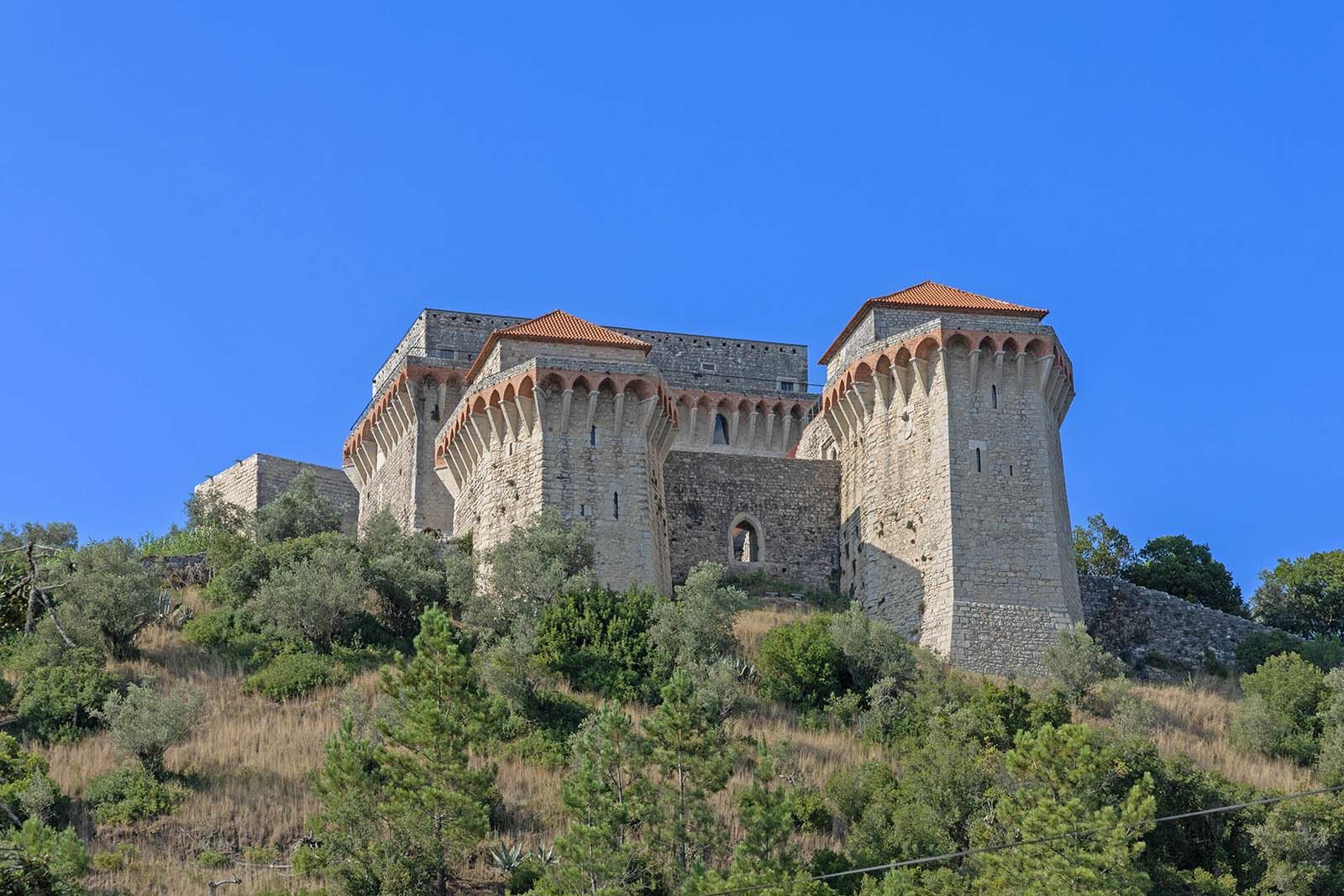
Ourem castle in Portugal © Shutterstock
Fátima’s dining scene is shaped by its role as a pilgrimage hub: plenty of casual, hearty fare for hungry walkers, but also a growing choice of polished restaurants for those staying longer. Here’s what to eat and where to try it:
Here are some unique experiences you can add to a tailor-made Fátima trip, all private, flexible, and designed by local travel experts.
Discover Portugal's most captivating stories
Use Rough Guides' trusted partners for great rates
written by
Olga Sitnitsa
Online editor at Rough Guides, specialising in travel content. Passionate about creating compelling stories and inspiring others to explore the world.